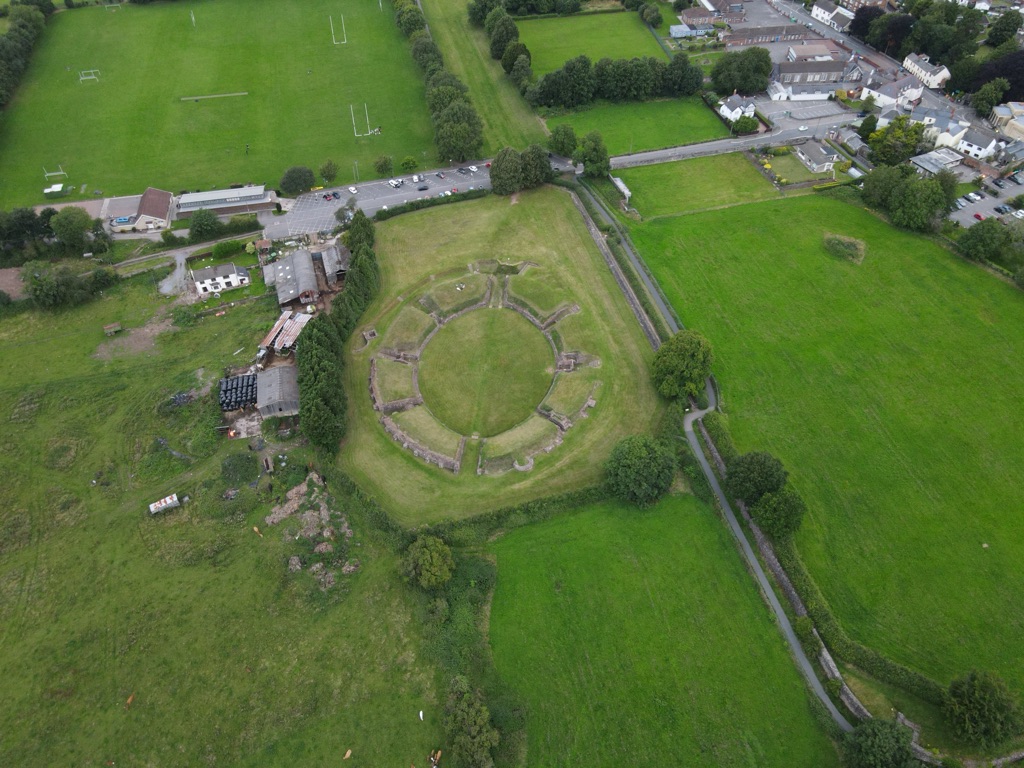The Caerleon Amphitheatre, a grand structure nestled in the south of Wales, stands as a testament to the Roman presence in Britain. Known as Isca to the Romans, Caerleon boasts one of the most impressive Roman military remains in Europe. The amphitheatre, often referred to as the ‘Arthurian Round Table’, has sparked the imagination of many. It served as a venue for entertainment and possibly military training for the legion based there. Today, it is a significant archaeological site, offering insights into Roman military life and leisure activities.
Ancient Romans
Ancient Roman Historical Sites and Ruins
Ancient Roman Mythology
| Jupiter |
| Juno |
| Neptune |
| Minerva |
| Mars |
| Apollo |
| Venus |
| Diana |
| Vulcan |
| Vesta |
| Ceres |
| Mercury |
| Pluto |
| Janus |
| Bacchus |
| Saturn |
| Cupid |
Roman Artifacts
| The Pilate Stone |
| The Lycurgus Cup |
| Scorpio (weapon) |
| Vindolanda Tablets |
Historical Figures
| The Full List of Roman Emperors |
| Nero |
| Julius Caesar |
| Marcus Aurelius |
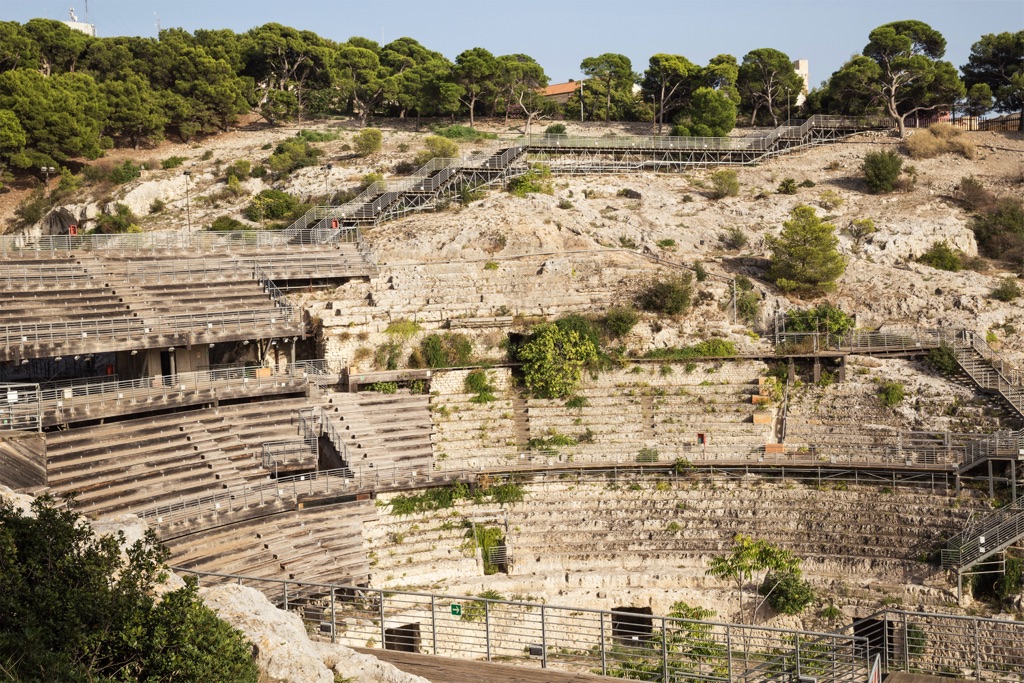
Roman Amphitheatre of Cagliari
The Roman Amphitheatre of Cagliari is a significant historical monument located in Cagliari, the capital of the island of Sardinia, Italy. Carved into the side of a hill, this ancient structure dates back to the 2nd century AD. It served as a venue for gladiator battles and public spectacles, reflecting the Roman Empire’s far-reaching influence. The amphitheatre could accommodate up to 10,000 spectators, showcasing the importance of public entertainment in Roman society. Over time, the site has experienced various transformations, including its use as a fortress and quarry. Today, it stands as a testament to Roman engineering and a cultural landmark for visitors worldwide.
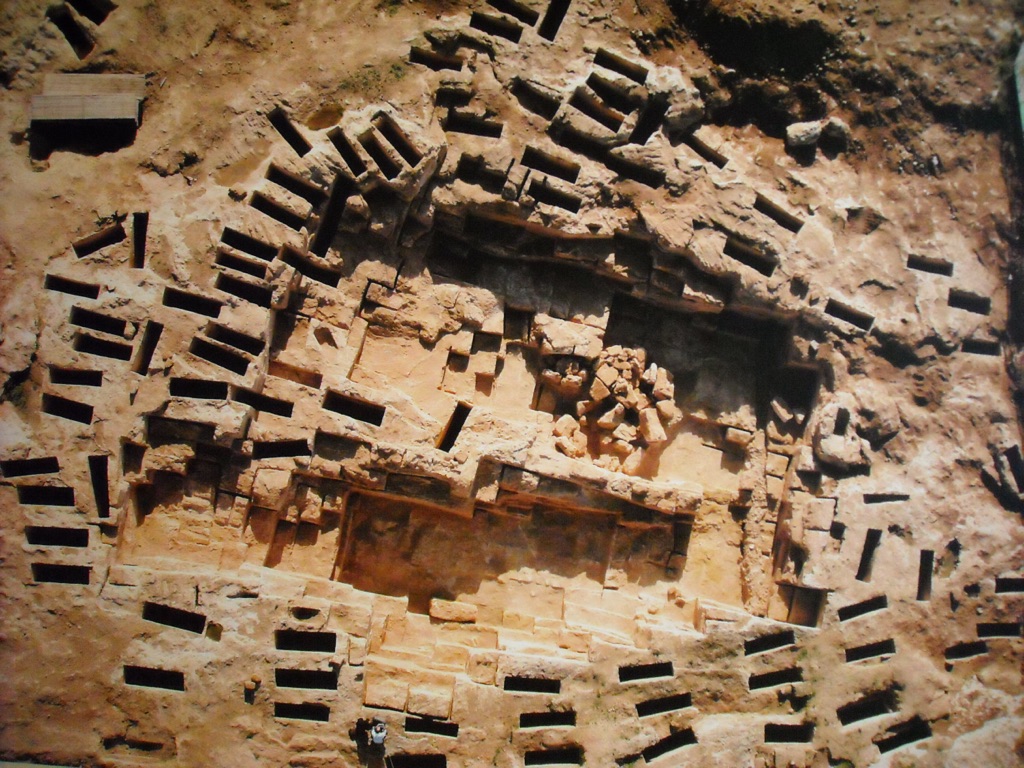
Tuvixeddu necropolis
The Tuvixeddu necropolis is a significant archaeological site located in Cagliari, Sardinia. It’s the largest Punic necropolis in the Mediterranean and showcases a vast collection of tombs from the Phoenician and Roman periods. The site offers a window into ancient burial practices and the cultural intermingling of the Phoenician-Punic civilization with the Romans. Tuvixeddu tells a story of life, death, and beliefs that spanned centuries, providing invaluable insights into the ancient world.
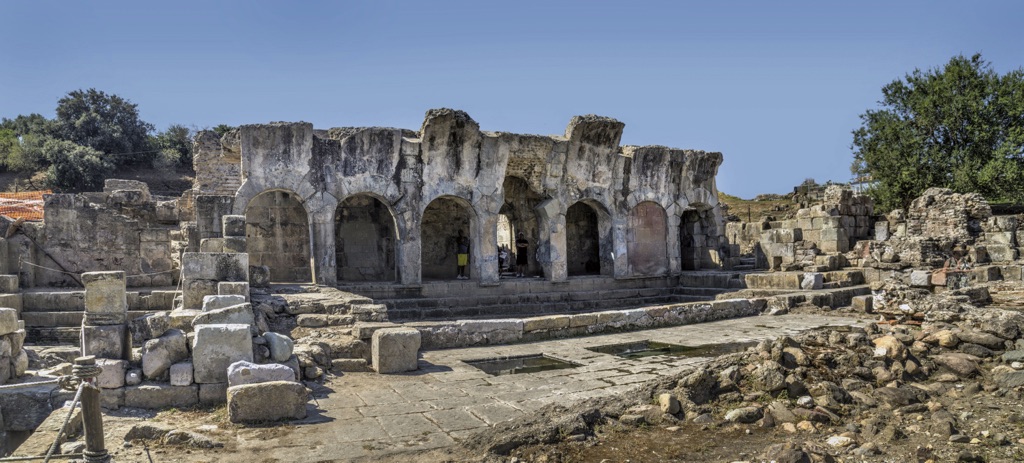
Roman baths of Fordongianus
The Roman baths of Fordongianus, nestled on the banks of the river Tirso in Sardinia, Italy, are a testament to the grandeur of Roman engineering and culture. Known locally as ‘Terme Romane di Fordongianus’, the thermal complex dates back to the 1st century AD, showcasing the Roman Empire’s dedication to leisure and health. These ancient baths, fed by natural hot springs, were a hub of social activity, offering a glimpse into the daily life of Romans. Today, they stand as a significant archaeological site, attracting history enthusiasts and scholars alike, eager to explore the remnants of Rome’s imperial past.
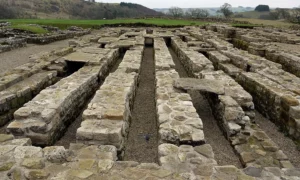
Vindolanda
Vindolanda is a fascinating historical site located near Hadrian’s Wall in Northern England. It was a Roman auxiliary fort (castrum) and village (vicus) that served as a military post on the northern frontier of Britannia. The site is renowned for the Vindolanda tablets, one of the most important finds of military and personal correspondence (written on wooden tablets) from the Roman world. These artifacts provide invaluable insights into the daily lives of the soldiers, families, and civilians who lived there nearly 2,000 years ago. Vindolanda remains a rich source of archaeological discovery, with ongoing excavations revealing more about the Roman Empire’s reach into ancient Britain.
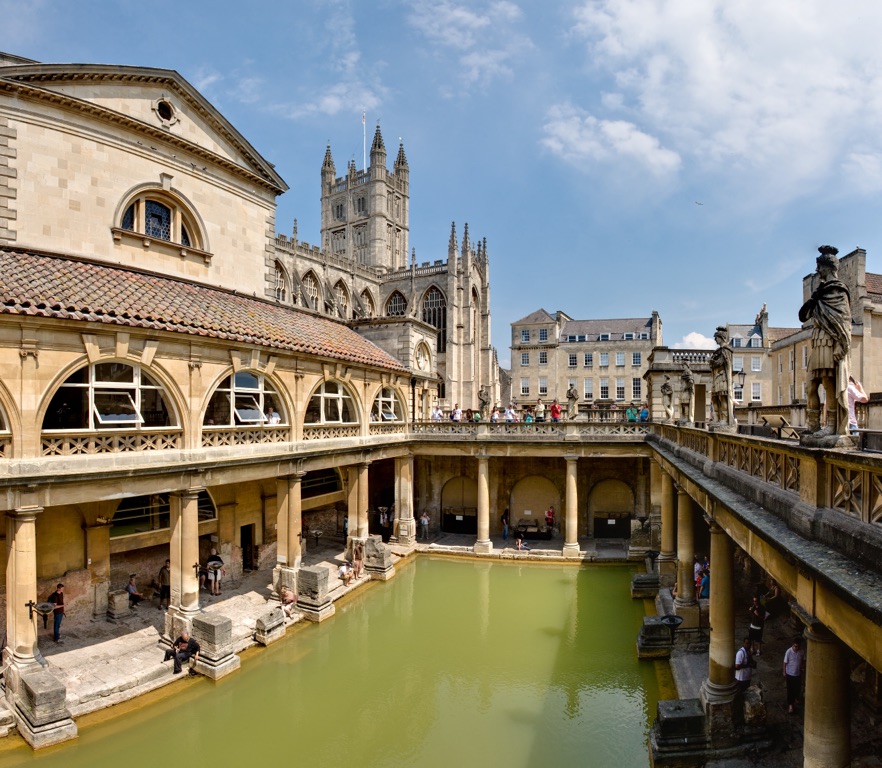
The Roman Baths in Bath
The Roman Baths in Bath, a well-preserved public bathing complex, is a remarkable historical site in the United Kingdom. Nestled in the heart of the city of Bath, it is a testament to the ingenuity of Roman engineering and architecture. The site includes the Sacred Spring, the Roman Temple, the Roman Bath House, and finds…

